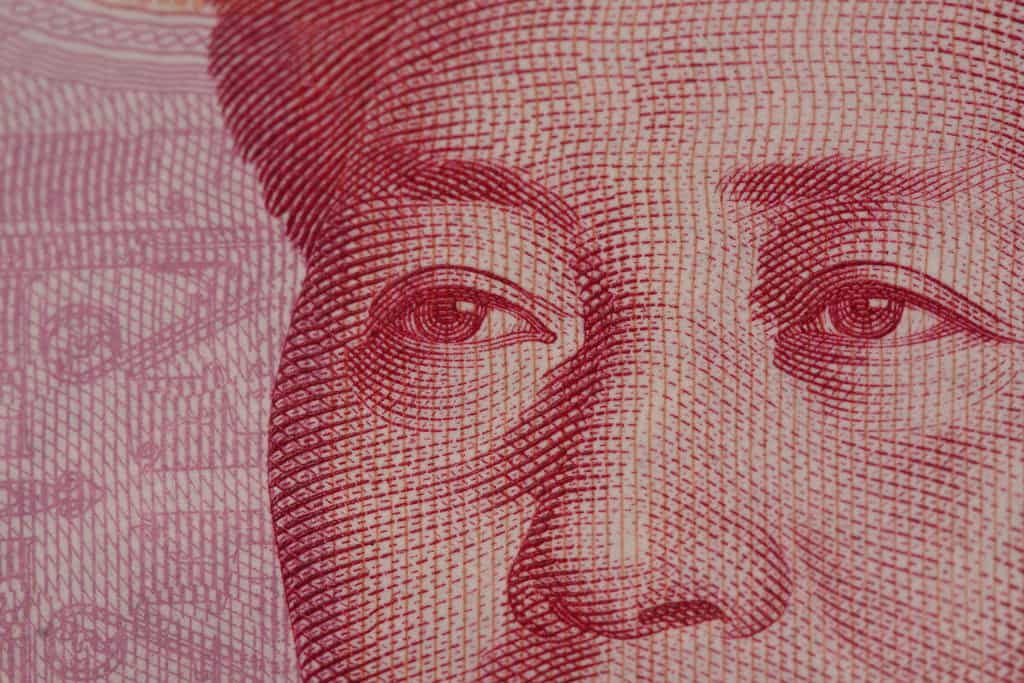A new report from the Chinese central bank indicates that offshore usage of the renminbi is on the increase, although its share of international payments remains comparatively modest.
The “2020 Renminbi Internationalisation Report” released by the People’s Bank of China (PBOC) indicates that over 70 overseas central banks and monetary authorities have included the renminbi in their official reserves.
Cross-border usage is also on the increase, coming in at 19.67 trillion yuan (approx. USD$2.87 trillion) for the period from January to December 2019, for a YoY rise of 24.1%.
The renminbi is currently the fifth biggest payments currency in the world, after the US greenback, the euro, the British pound and the Japanese yen.
Liu Yingyan (刘英眼), researcher with the Chongyang Institute for Financial Studies at Renmin University, said that the 2016 inclusion of the renminbi in the Special Drawing Rights (SDR) of the International Monetary Fund (IMF) was the landmark event in internationalisation of the Chinese currency.
Since then the European Central Bank as well as Spain, Italy, France and Belgium have all incorporated the renminbi into their foreign reserves.
Over 10 African nations also simultaneously incorporated the renminbi into their foreign reserves, while Iran recently replaced the US dollar with the renminbi as their primary foreign currency.
“This is unprecedented globally, and clearly signals the confidence and acknowledgement by more and more countries of China’s economic growth and the renminbi,” said Liu.
Liu said that the COVID-19 pandemic will also bring further opportunities to advance internationalisation of the renminbi.
He points out that the US Federal Reserve’s imposition of zero interest rates and its launch of a $700 billion quantitative easing program will further lead to instability of the greenback, just as the renminbi shores up its own stability.
As a consequence Liu expects more and more countries to begin holding the renminbi, particularly amidst efforts by Beijing to further open up the Chinese financial system.
“At this time the renminbi can seize more opportunities to seek more stable development via external opening of the financial sector,” Liu said.
Xu Hongcai (徐洪才), vice-chair of the China Association of Policy Science, said that despite rapid growth in international usage the renminbi still only accounts for a very modest share of cross-border payments, leaving ample room for future expansion.
“If you add together the three main functions of an international currency, at present the role that the renminbi plays in the global economy has a share of around 3.2%, said Xu.
“By comparison the figure for the US dollar is 52%, euro is 26%, the Japanese yen is 4.4% and the British pound is 4.0%.
“This situation is obviously does not correspond to China’s economic status, and the internationalisation of the renminbi has considerable room for expansion.”
Related stories
Ex-Bank of China Head Sheds Light on Digital Renminbi Trials and Scheduling
Chinese Central Bank Commits to Internationalisation of the Renminbi

